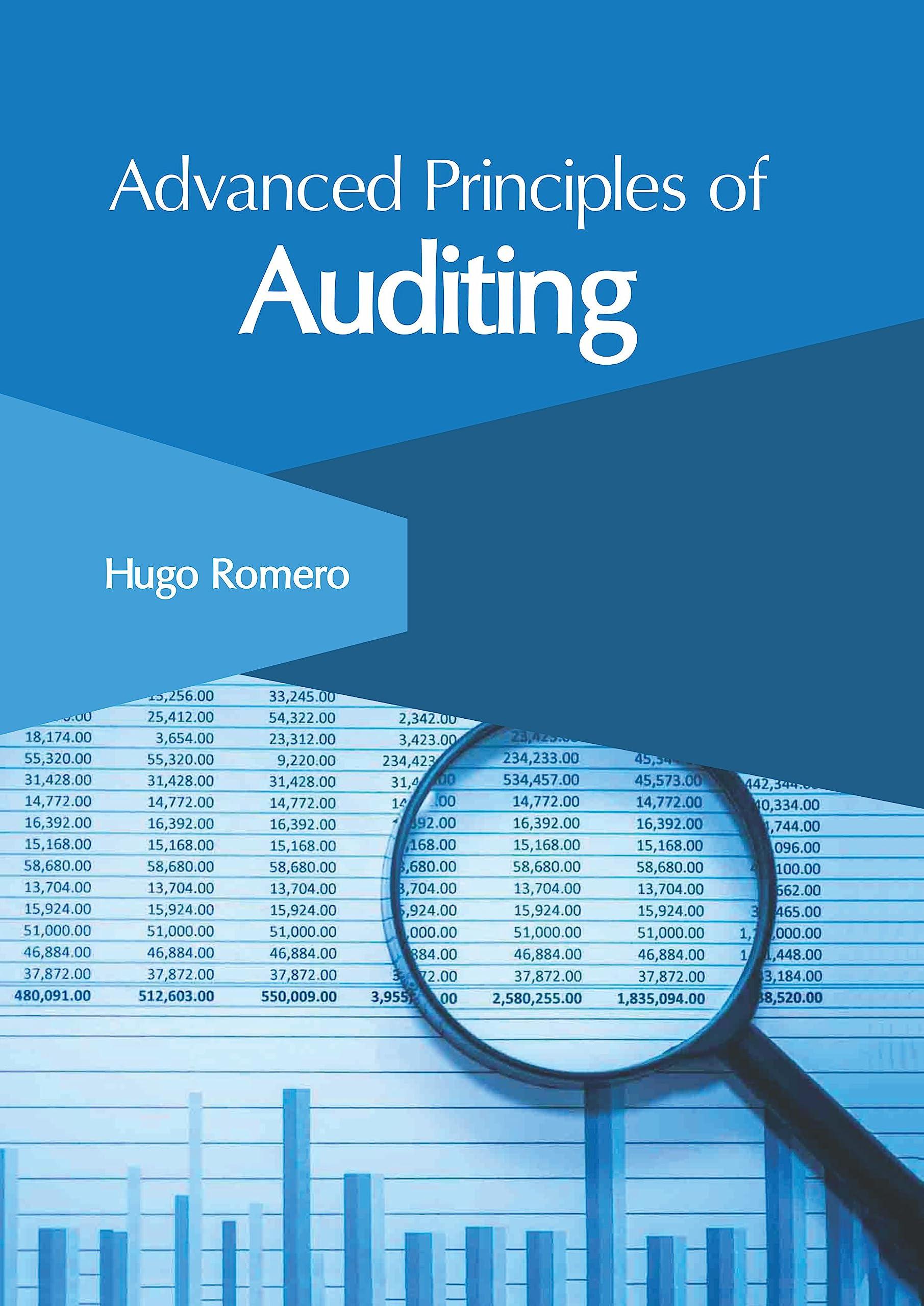Question
chap 22 In the Materials Price & Usage Variances illustration, you can see that the actual costs are than standard and the actual quantity purchased
chap 22
In the Materials Price & Usage Variances illustration, you can see that the actual costs are than standard and the actual quantity purchased and used is than standard. The two variances are combined for a total
material variance of $ .
Click here for an illustration of the labor variances.
Labor Price & Efficiency Variances
In the Labor Price & Efficiency Variances illustration, you can see that the actual costs are
than standard and the actual hours are than standard. The two variances are combined for a total
labor variance of $ .
Hide Feedback
Partially Correct
Check My Work Feedback
The illustrations provide the information to complete the problem.
The standard cost sheet for a product is shown.
| Manufacturing Costs | Standard price | Standard Quantity | Standard Cost per unit | |
| Direct materials | $4.30 per pound | 5.80 pounds | $ | 24.94 |
| Direct labor | $11.70 per hour | 2.00 hours | $ | 23.40 |
| Overhead | $2.00 per hour | 2.00 hours | $ | 4.00 |
| $ | 52.34 | |||
The company produced 3,000 units that required:
17,900 pounds of material purchased at $4.15 per pound
5,930 hours of labor at an hourly rate of $12.00 per hour
Actual overhead in the period was $12,330
Fill in the Budget Performance Report for the period. Some amounts are provided. Round your answers to the nearest dollar. However, do not round your intermediate calculations.
| Budget Performance Report | |||
|---|---|---|---|
| Manufacturing Costs: 3,000 units | Actual Costs | Standard Costs | Variance (Favorable)/ Unfavorable |
| Direct materials | $74,285 | $ | $ |
| Direct labor | 70,200 | ||
| Overhead | 12,330 | ||
| $ | $ | $755 | |
Split the direct materials variance into the materials price varaince and the materials usage variance. Remember that you want to isolate the price variance from the quantity variance so be sure to use factors that do not overlap. Also remember that the two variances should equal the total material variance.
| Materials price variance: | Materials usage variance: |
| (Actual price - Standard price) x |
| quantity | (Actual quantity - Standard quantity) x |
| price |
Split the direct labor variance into the labor price variance and the labor efficiency variance. Remember that you want to isolate the price variance from the efficiency variance so be sure to use factors that do not overlap. Also remember that the two variances should equal the total labor variance.
| Labor price variance: | Labor efficiency variance: |
| (Actual rate - Standard rate) x |
| hours | (Actual hours - Standard hours) x |
| labor rate |
Manufacturing variances are period costs that are rolled into
and reported on the . A favorable variance is recorded as a and an unfavorable variance is recorded as a
.
Hide Feedback
Partially Correct
Check My Work Feedback
The rollovers in the table provide the information to do the calculations for the Budget Performance Report. The illustrations in Part 2 will help with the materials price variance and the materials usage variance and the labor rate variance and the labor efficiency variance..
Step by Step Solution
There are 3 Steps involved in it
Step: 1

Get Instant Access to Expert-Tailored Solutions
See step-by-step solutions with expert insights and AI powered tools for academic success
Step: 2

Step: 3

Ace Your Homework with AI
Get the answers you need in no time with our AI-driven, step-by-step assistance
Get Started


